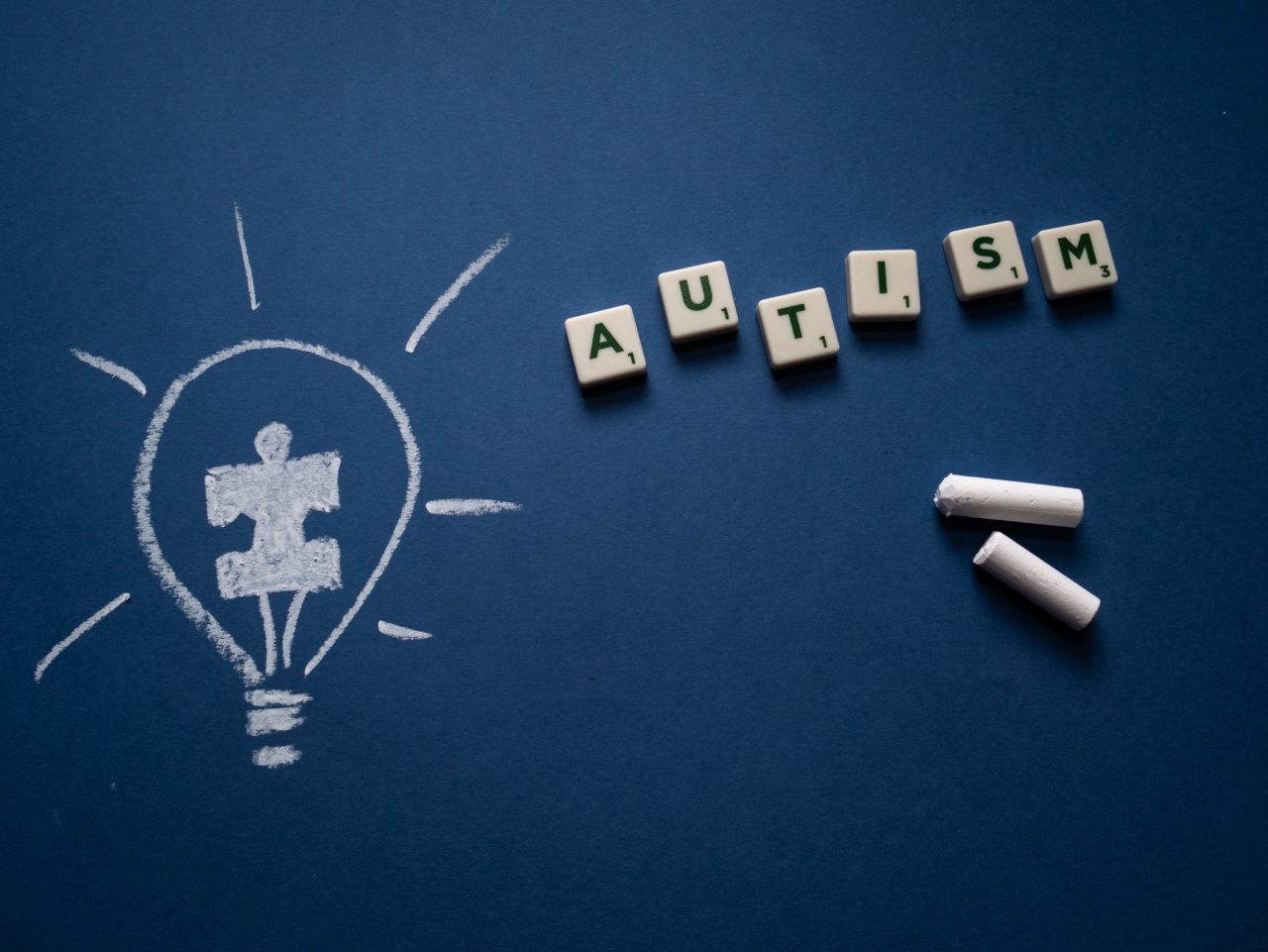Autism, a complex neurodevelopmental disorder, affects millions of people worldwide.
The causes of autism have long been a topic of debate among scientists and researchers, with many theories suggesting a combination of genetic and environmental factors. However, a recent groundbreaking study has shed new light on the genetic basis of autism. The study, conducted by an international team of researchers, has identified 102 genes that are strongly associated with autism spectrum disorder (ASD).
The Quest for Answers
For years, scientists have been tirelessly searching for the genes responsible for autism. Previous studies have identified a handful of genes linked to the disorder, but this latest research takes the search to a whole new level.
By analyzing the genetic profiles of over 35,000 individuals with ASD, as well as nearly 46,000 typically developing individuals, the researchers were able to identify a much larger set of genes associated with the disorder.
The Power of Collaboration
This groundbreaking study was made possible by an unprecedented level of collaboration. Over 60 research institutes from around the world came together to participate in the research, sharing their data and resources.
This kind of collaboration is essential when tackling complex disorders like autism, as no single research group has access to all the necessary tools and information.
Unraveling the Genetic Complexity of Autism
Autism is known for its heterogeneity, meaning that no two individuals with autism are exactly alike. This heterogeneity has made it incredibly challenging for scientists to pinpoint the genetic causes of the disorder.
However, by examining such a large sample size, the researchers were able to overcome this hurdle.
The study found that the 102 genes identified play a variety of roles in brain development and function. Some of these genes are involved in the formation and maintenance of synapses, the connections between neurons in the brain.
Others are involved in regulating the expression of other genes or in the development of specific brain regions.
Interestingly, many of the genes identified in this study have previously been implicated in other neurodevelopmental disorders, such as intellectual disability and epilepsy.
This suggests that there may be shared genetic pathways underlying these different disorders, providing valuable insights into their underlying mechanisms.
Implications for Diagnosis and Treatment
One of the most significant implications of this study is the potential to improve the diagnosis and treatment of autism. Currently, autism is diagnosed based on behavioral observations and interviews, which can be subjective and time-consuming.
By identifying specific genetic markers associated with the disorder, clinicians may be able to develop more objective diagnostic tools.
In addition, these findings may lead to the development of novel targeted therapies for individuals with autism.
By understanding the specific genes and biological pathways involved, researchers can explore ways to modulate their activity and potentially alleviate the symptoms of the disorder.
The Future of Autism Research
The identification of 102 genes associated with autism is just the beginning. This study opens up countless avenues for further research and exploration.
Scientists can now delve deeper into the functions of these genes and how they interact with each other and the environment.
Furthermore, this study highlights the importance of large-scale collaborative efforts in scientific research.
Autism, like many other complex disorders, requires the expertise and resources of researchers from a wide range of disciplines and institutions. Continued collaboration will be crucial for advancing our understanding of autism and developing effective interventions.
Conclusion
The discovery of 102 genes strongly associated with autism represents a major breakthrough in our understanding of the disorder.
This groundbreaking study has provided valuable insights into the genetic complexity of autism and has the potential to revolutionize its diagnosis and treatment. As we continue to unravel the intricate genetic mechanisms underlying autism, we move closer to improving the lives of individuals with this condition and their families.






























